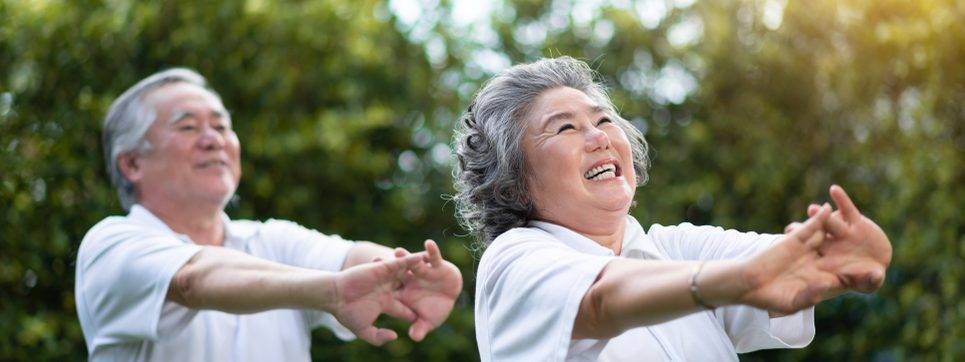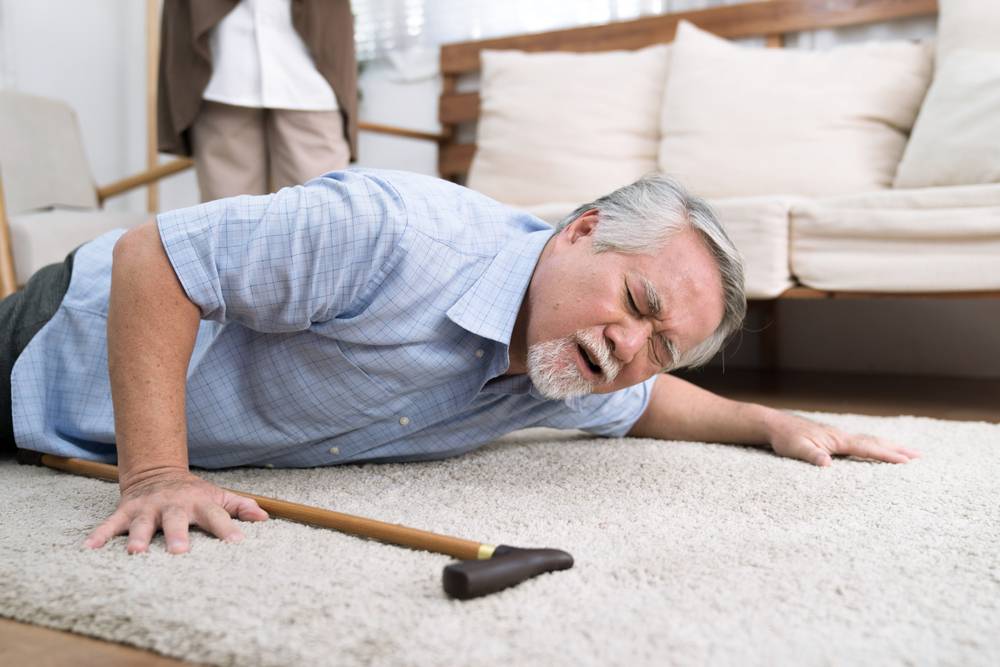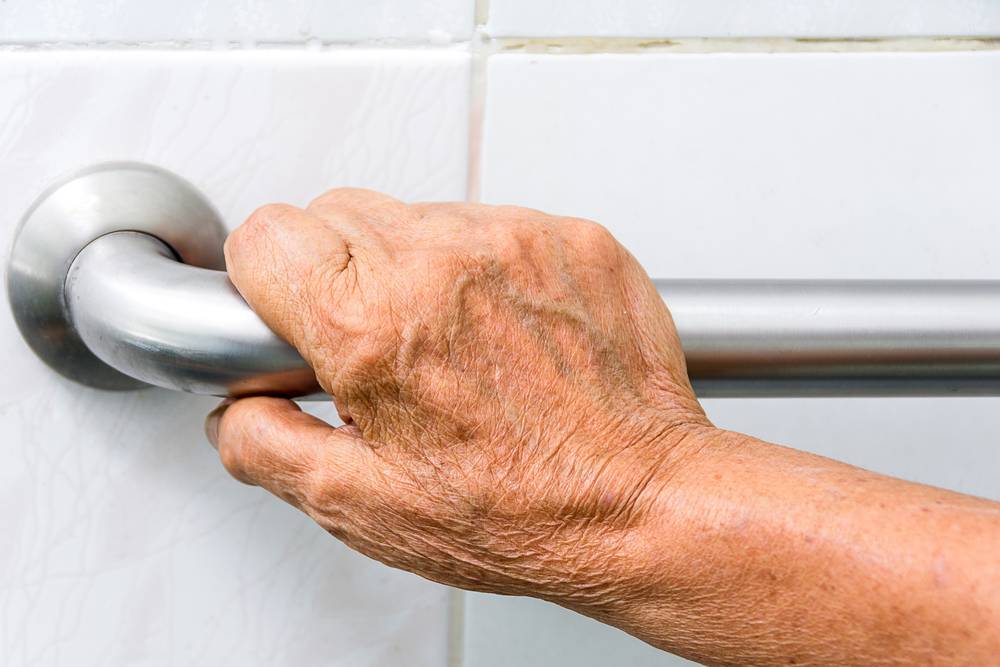According to a study by the World Health Organization, almost 60% of fatalities in Southeast Asia are due to falls. Fall-related deaths are also, often reported from middle to low-income countries, affecting mostly the older adults and the poor disproportionately. The older population is increasing drastically in Asia, with Japan hailed as having the “oldest population” with the most number of citizens aged 65 years old and above. It is expected that the elderly population in Asia will surpass that of Europe and North America by 2050. Cultural factors also exist wherein fall accidents go unreported, especially when there is no outright wound or bruising at the time of the fall. But the presence of gravity alone is a major risk factor.
Home and Environmental Assessment
Home assessment is necessary in every household, with or without the presence of senior family members. In Asia, studies show that their perception of a fall is based more on “luck” rather than a universal health hazard. A very common interior feature in Asian communities is having storage climbing high up the walls. This is especially so in smaller, cramped living conditions which are common in Asian societies, where they usually maximise space. And this alone poses a big risk to falls, since a ladder or a stool is usually needed to access it. That is why an in-depth home and environmental assessment should be done, even by yourself! A majority of the physical conditions and environmental factors are modifiable. Falls should not be inevitable.
Assistive Devices and Environmental Modifications
A standardised set of home safety interventions was found to be effective based on a 2020 study in fall prevention. These include installation of stair handrails, grab bars in bathrooms, improved lighting, slip-resistant surfacing, non-slip bath mats, and educational pamphlets on home safety. However, ophthalmology interventions such as the prescription of outdoor glasses increased the rate of falls in one trial, possibly because the period for adjustment was not taken into consideration. Mobility training also had positive outcomes only with older people who already had relatively active lifestyles.
Evidence on the use of assistive devices for mobility is still lacking. This might be due to an inherent bias since the people prescribed with assistive devices have the most compromised gait patterns, interfering in compensatory stepping, therefore increasing risk for fall.
Falls in Children
Falls are also very common in children. It is accountable for the highest fatality rates alongside burns, drownings, and road traffic injuries. Some home modifications for children may include railings, toddler gates, window guards, and decluttering of toys, and other infant or toddler equipment. Window guards or stoppers are important as unintentional fall injuries are also reported frequently, and most were unwitnessed. Alcohol intoxication of caregivers is also a leading cause of falls in children, especially in vehicular accidents, particularly concerning motorcycles.
Accessibility
Public transportation and establishments should be made accessible to all people of different abilities. From parking lots, malls, public restrooms, restaurants, bus and train stations. These places should allow safe entry and use for every individual who has access to it. This includes considerations of the presence of an assistive device such as a walker or a cane, people using wheelchairs, pregnant women, nursing mothers with heavy strollers, and so on. Accessibility Laws should be reinforced nationally and globally.
Improving Physical Capabilities
Many fall accidents result from an underlying or existing condition that compromises the person’s bodily functions. Some of it include a decrease in balance, poor eyesight, decreased body and spatial awareness, muscle strength and tone, lack of postural control and protective reflexes. Conditions like osteoporosis, hip fractures, stroke, cataracts, parkinson’s disease, and some psychiatric conditions will make those diagnosed susceptible to these presentations.
One of the consistent interventions that produces good outcomes in community-dwelling elders is exercise. Based on a 2020 randomised trial and systematic review, the combination of the following decrease the risk of falls:
- Gait and balance training
- Strength training
- Movement (dancing or taking tai-chi lessons)
- Aerobic exercises

These exercise programs should be tailored to the individual, as some may be unsuitable for every elder. Physiotherapists are the most qualified for this management, and clearance from physicians should be secured before implementation of the said programs.
Vitamin D deficiency in the Asian older population is also common, resulting in lower muscle mass, decreased muscle strength, and weaker bones that might take longer to recover in the event of a fall. Vitamin D deficiency is caused by organ diseases, a poor diet, or the lack of exposure to sunlight. Studies have shown that the older population prefers to be at home, with little to no sunlight exposure, because of the sense of “security” and “safety” that their homes bring. To make things worse, the Asian culture prizes fair skin, and that translates to covering up while outside, or applying copious amounts of sunblock to attain that snowy complexion.
Surprisingly, getting the recommended amount of Vitamin D does not involve getting a harsh tan. Staying out in natural sunlight, without covered skin, minimally twice a week for 5-30 minute sessions each, is sufficient. Vitamin D can also be found in many food sources including eggs and oily fish. Other plant-based sources include soy milk and fortified breakfast cereals.
Raise Awareness, Reduce Falls
In a lot of developing countries in Asia, because of limitations and the lack of government funding in healthcare, medical management is more focused on acute care and less on preventive care. The lack of education and public awareness remains as a risk factor in the increasing rate of fall-related injuries and mortalities, which can be easily mitigated with community education. Do something today, and share this article to raise the awareness of falls to your loved ones.


